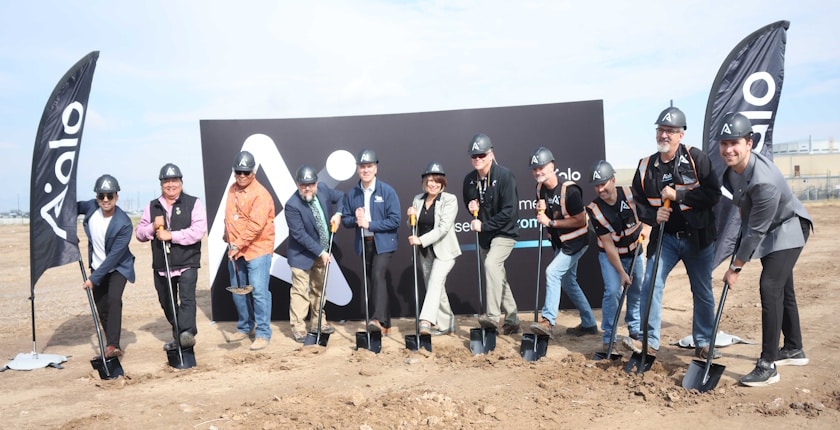The U.S. nuclear sector is entering a new test phase as startup Aalo breaks ground in Idaho on its first extra-modular reactor (XMR), a sodium-cooled unit the company claims will become the first new test reactor of its kind to reach criticality in the country in more than four decades. Positioned under the Department of Energy’s (DOE) Nuclear Reactor Pilot Program, the project represents one of at least three advanced reactor designs the DOE expects to bring to first criticality by July 2026.
Aalo’s Idaho deployment, dubbed Aalo-X, is not simply a technology demonstration. The company has tied its schedule to an ambitious commercial use case: powering a co-located datacenter equipped with next-generation AI chips by July 2027. By framing advanced nuclear not just as a low-carbon energy source but as an enabler for the rapidly expanding digital economy, Aalo is testing both technical and market hypotheses simultaneously.
Bridging the Gap Between Micro and Small Modular Reactors
The company argues that the binary categories dominating advanced nuclear discussions — microreactors (<10 MWe) and small modular reactors (up to 300 MWe) — leave a market gap. Aalo’s XMR aims to fill that space. Each Aalo Pod consists of five 10-MWe sodium-cooled reactors connected to a shared turbine, delivering a combined output of 50 MWe. This mid-range capacity is targeted at power-intensive industries, such as data centers, that demand both reliable baseload power and deployment flexibility.
The choice of sodium cooling reflects a deliberate divergence from more commonly proposed light-water SMR designs. Sodium fast reactors, such as those once tested at EBR-II in Idaho and FFTF in Washington, offer higher thermal efficiency and passive safety advantages, but they also carry unresolved regulatory and supply chain challenges. The U.S. has not operated a new sodium-cooled test reactor since the 1980s, meaning that Aalo-X will be scrutinized as much for its licensing pathway as for its performance.
DOE Pilot Program as Accelerator
The DOE’s pilot program provides a policy framework and partial funding to ensure that at least three private-sector advanced reactor designs — outside of national laboratories — demonstrate criticality by mid-2026. Aalo is one of 11 developers selected. By anchoring the schedule to July 4, 2026, the DOE has set a symbolic deadline tied to U.S. energy independence narratives, though the technical risk of delays remains high.
Globally, the deployment record for small modular reactors has been modest. The only operational SMR in commercial service remains Russia’s floating Akademik Lomonosov, commissioned in 2020 in Chukotka. Other projects, from China’s HTR-PM to NuScale’s canceled UAMPS partnership in Utah, illustrate both the engineering feasibility and the economic headwinds that continue to stall widespread adoption. Against this backdrop, Aalo’s target of moving from first criticality in 2026 to powering a commercial AI data center by 2027 compresses timelines more aggressively than most peers.
Market and Technical Uncertainties
Aalo’s framing of nuclear as a scalable solution for AI-driven energy demand intersects with projections that U.S. data center electricity use could double by 2030, reaching as much as 35 GW, according to research from the International Energy Agency. If realized, dedicated nuclear capacity could indeed provide a hedge against both price volatility and carbon constraints.
Yet several risks remain unresolved. Sodium-cooled reactors face long-standing concerns around coolant reactivity and the need for specialized operational protocols, while their component supply chains are far less mature than for pressurized water reactors. The modular design concept itself has not yet demonstrated cost competitiveness at scale. The DOE’s timeline may succeed in producing proof-of-concept reactors, but whether these units transition into bankable projects for commercial investors is less clear.
Aalo’s project crystallizes a larger debate within the advanced nuclear sector: can smaller, more modular reactors deliver both on time and at cost, while meeting the reliability demands of industries like cloud computing and AI? The Idaho build-out offers an early test case, one that will be monitored as closely by regulators and financiers as by engineers.





